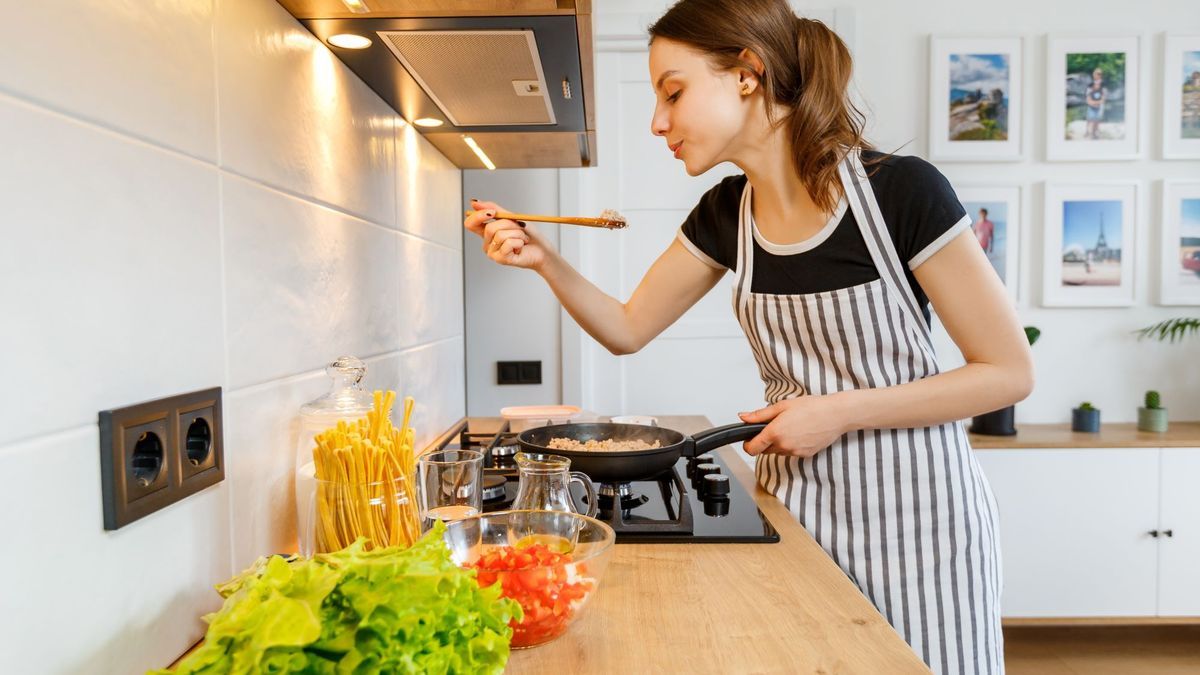
According to the results of a pan-European study, more than half of French households cooking with gas are exposed to nitrogen dioxide concentrations above the threshold recommended by the World Health Organization. An exposure which would not be without consequences on health.
The Netherlands Organization for Applied Scientific Research TNO has placed sensors in homes in 7 European countries to measure their exposure to nitrogen dioxide, emitted by gas cooking. And the results are worrying…
Exposure that exceeds the thresholds recommended by the WHO
In total, households from 7 countries (Netherlands, Italy, Spain, Slovakia, Romania, United Kingdom and Europe) were subjected to this study. In Europe, scientists placed sensors in 35 houses for five months.
Results: 53% of French households using gas cooking, whether hobs or ovens, exceed the daily threshold recommended by the World Health Organization for exposure to nitrogen dioxide (NO2) . Specifically, the WHO daily limits were exceeded on 3 of the 13 testing days. Conversely, electric cookers could be used for a long time without changing the NO2 level.
According to the researchers, “Nitrogen dioxide concentration levels were found to be nearly twice as high in homes using gas cooking appliances as in those using electric cooking appliances.. Furthermore, they explain that “pollution peaks in French homes cooking with gas could last several hours and were all the more intense the longer the cooking appliances remained on.”.
Nitrogen dioxide, a gas with significant health consequences
The risk of deterioration in indoor air quality due to gas cooking is not new. The WHO has already warned about this, explaining that children living in homes equipped with this cooking method have “20% more risk of respiratory illnesses due to nitrogen dioxide“.
This gas causes inflammation of the respiratory tract, coughing, wheezing, reduced lung function and an increase in asthma attacks, particularly in younger people. According to another study published at the beginning of the year, nearly 150,000 children were identified as having asthma symptoms linked to this exposure.
Ventilation, an imperfect solution
To limit this exposure, ventilation can be a solution. But according to the study, she “is not always sufficient to counter this problem” and scientists point out that the presence of NO2 is not limited to the kitchen but “it extends throughout the home”, thus increasing the risk of inhaling this gas elsewhere in the house.
According to Piet Jacobs, principal scientist at TNO, to combat this source of indoor pollution, “it is advisable to switch to electric cooking, preferably combined with the use of ventilation hoods designed specifically to reduce exposure to high levels of particles from cooking“.
